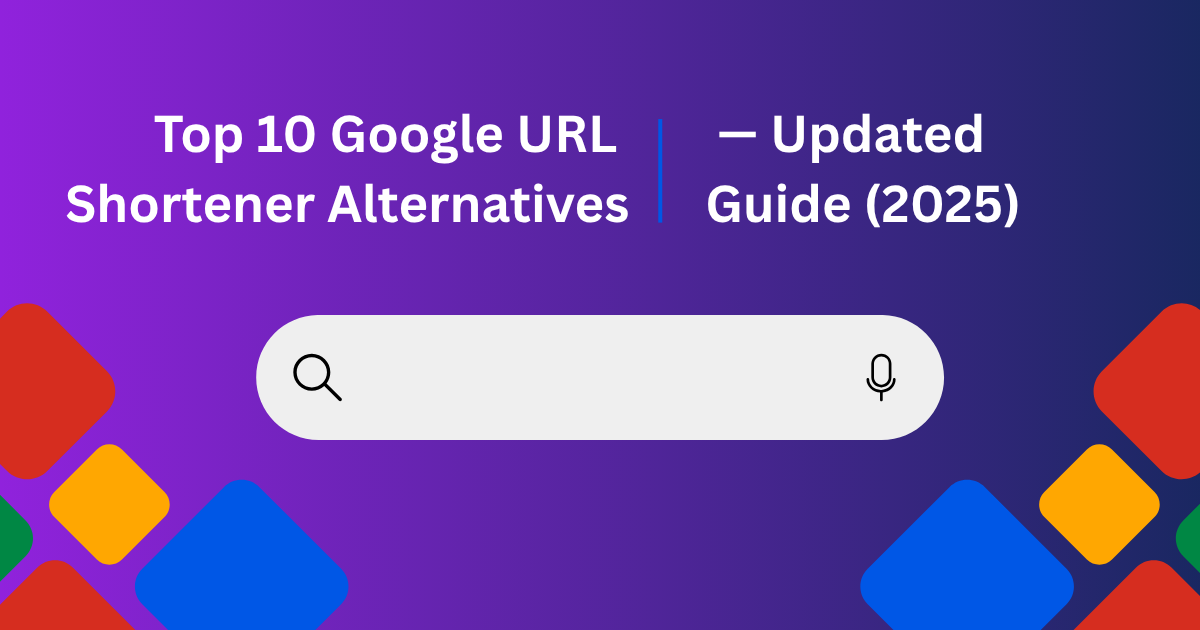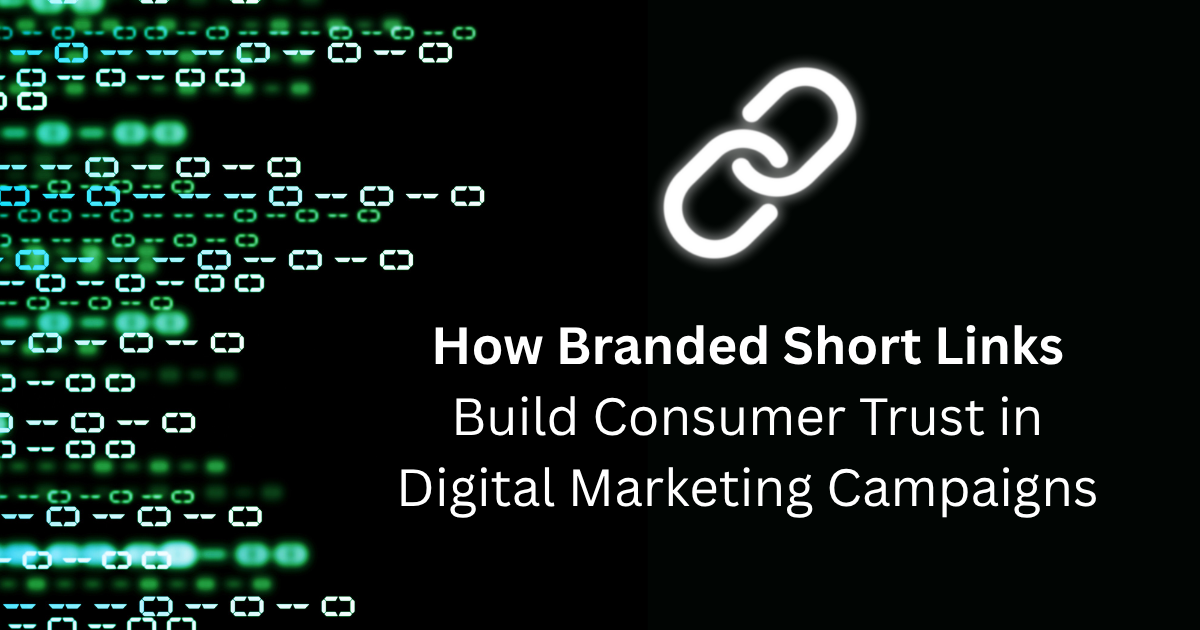A few years ago, QR codes were often seen as a curiosity. You might have spotted one on a flyer or a business card, but the scanning experience felt clunky. Then came smartphones with better cameras, and suddenly scanning a code became seamless. Today, the powerful evolution of this open-format technology, first invented by Masahiro Hara at Denso Wave in 1994, makes QR Code Marketing an essential practice for connecting physical materials to digital actions.
What makes them so valuable now is their role as a bridge. A quick scan can take someone from a print ad to a website, from packaging to a video, or from a poster to an online checkout page. That connection gives marketers a direct line between offline and online worlds, making QR codes one of the most practical tools available.
This guide explores the role of QR codes in modern marketing, how to create them effectively, and creative ways to use them for better results.
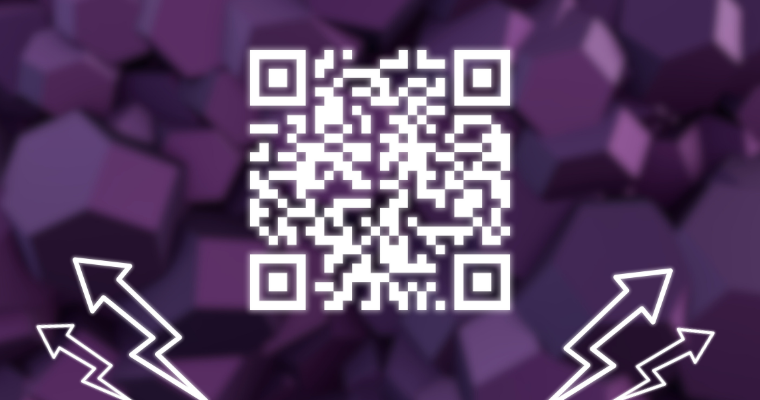
The New Role of QR Codes in Modern Marketing
QR codes have shifted from being a novelty to a proven tool that marketers can rely on. They add an interactive layer to traditional materials and give businesses a way to meet customers where they already are: on their phones. Their real strength lies in how they improve the connection between offline and online experiences.
- Bridging the Gap: A QR code transforms something static, like a brochure or a business card, into an interactive touchpoint. A scan can send a customer directly to a video tutorial, a sign-up form, or a product page. By removing the step of typing in a URL, QR codes reduce friction and increase engagement. This bridging of the physical-to-digital gap has also led to new applications, like using them for digital payments and virtual store experiences.
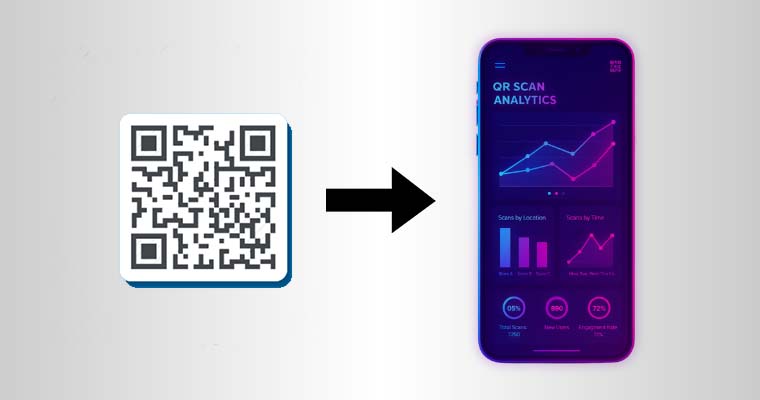
- First-Party Data and Analytics: Marketers today rely on measurable results. Dynamic QR codes can track when, where, and how often they’re scanned. This data helps businesses understand customer behavior and refine campaigns. It’s a practical way to make offline marketing measurable in the same way as digital ads.
- User Experience and Trust: A well-placed QR code simplifies customer journey. Instead of struggling with long web addresses, people can take action instantly. The result is a smoother experience that builds trust in your brand.
By combining ease of use, measurable insights, and customer experience, QR codes have earned their place as an essential part of modern marketing strategies.
Step-by-Step Guide to Creating an Effective QR Code
A QR code can be created in seconds, but a truly effective one requires planning. Taking the time to define your goals, choose the right type of QR code, and refine the design ensures the final result supports both your audience and your marketing strategy.
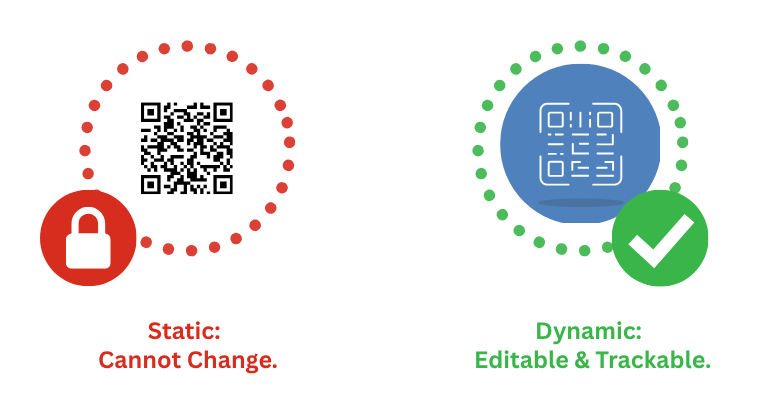
- Choose the Right Type: Decide between static and dynamic codes. Static codes point to a singular URL and can’t be changed once printed. Dynamic codes are flexible and allow edits, tracking, and detailed analytics.
- Pick a Goal: Every QR code should serve a clear purpose. Maybe you want to drive traffic to a landing page, share a discount, provide a digital business card, or link to a tutorial. Defining the goal helps shape the experience you’re creating.
- Use ShortifyMe: A user-friendly platform like ShortifyMe makes QR code creation easier. It offers dynamic features, editable codes, and analytics that let you track performance. This saves time and ensures your codes are functional and strategic.

- Design and Placement Principles:
- The Look: Keep high contrast between the code and background of QR code. Adding a brand logo within the design reinforces identity without sacrificing scanability.
- The Space: Always include a clear “quiet zone” around the code so scanners can recognize it, and it doesn’t get lost in the design.
- The Action: Encourage engagement with a call-to-action such as “Scan to learn more” or “Scan for your discount.” Furthermore, always ensure high print quality and test the code across various devices and error correction levels before deployment to guarantee functionality.
- Testing: Before going live, test your code on different devices and in varying conditions. A code that works flawlessly builds confidence in your brand and ensures you don’t miss opportunities.
With these steps in place, your QR codes help deliver a seamless experience and measurable marketing outcomes.
Innovative QR Code Marketing Ideas
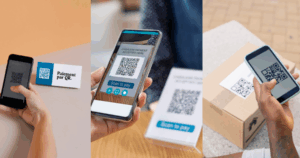
Once you’ve built a reliable QR code, the next step is using it in creative and useful ways. Here are a few ideas businesses are already putting into practice:
- Product Packaging: Add a QR code that links to product tutorials, recipes, or sustainability information.
- Restaurant Menus: Replace printed menus with QR codes that give diners easy, contactless access to updated menus.
- Event Posters: Use QR codes to link directly to ticket sales, maps, or exclusive previews.

Major brands like Walmart, Burger King, and General Motors routinely leverage QR codes beyond simple applications, using them in campaigns that range from in-store signage to Out-of-Home (OOH) advertising. Crucially, while QR codes do not directly affect search engine rankings, they improve SEO indirectly by successfully driving engaged traffic to optimized landing pages, thereby supporting the overall visibility and performance of digital marketing campaigns.
Ready to Incorporate QR Codes in Your Marketing Strategy?
QR codes have come a long way from being a novelty. They now serve as a dependable marketing tool that connects offline and online experiences, provides valuable data, and improves customer engagement.
Whether you’re trying to improve your print campaigns, gather more insights, or simply make the customer journey smoother, QR codes offer a practical path forward. The best way to see their impact is to start experimenting. Create your first code, place it where your audience will see it, and measure the results with helpful tools like ShortifyMe, a service which specifically offer QR codes with analytics and link tracking features to keep data up-to-date.

